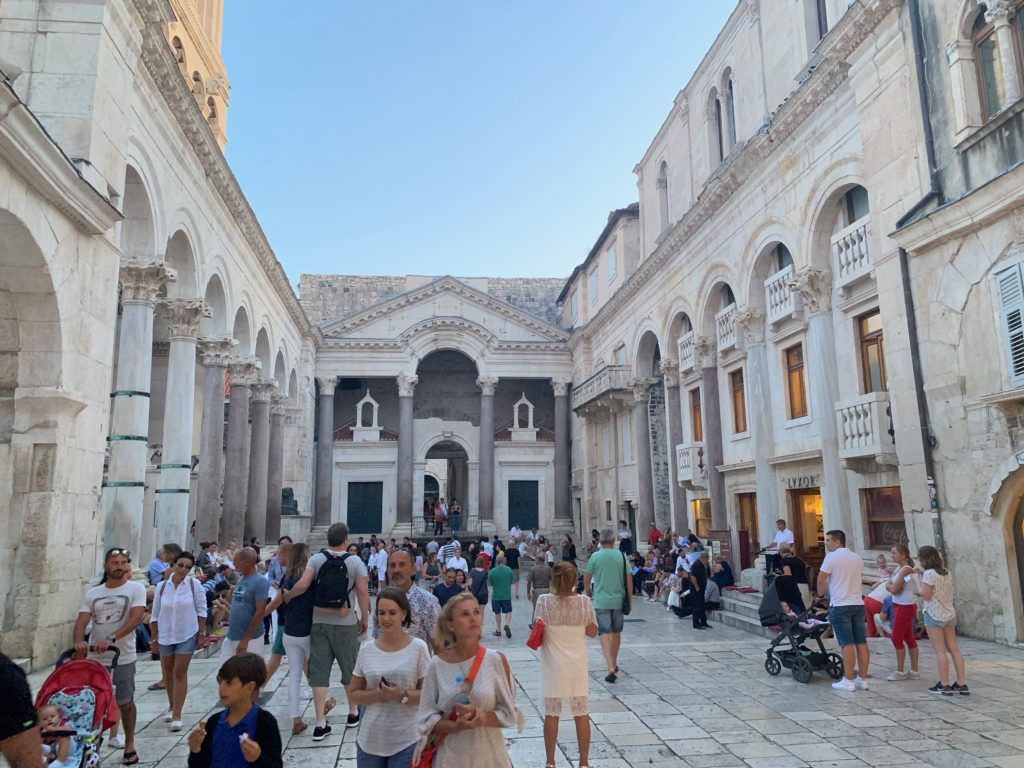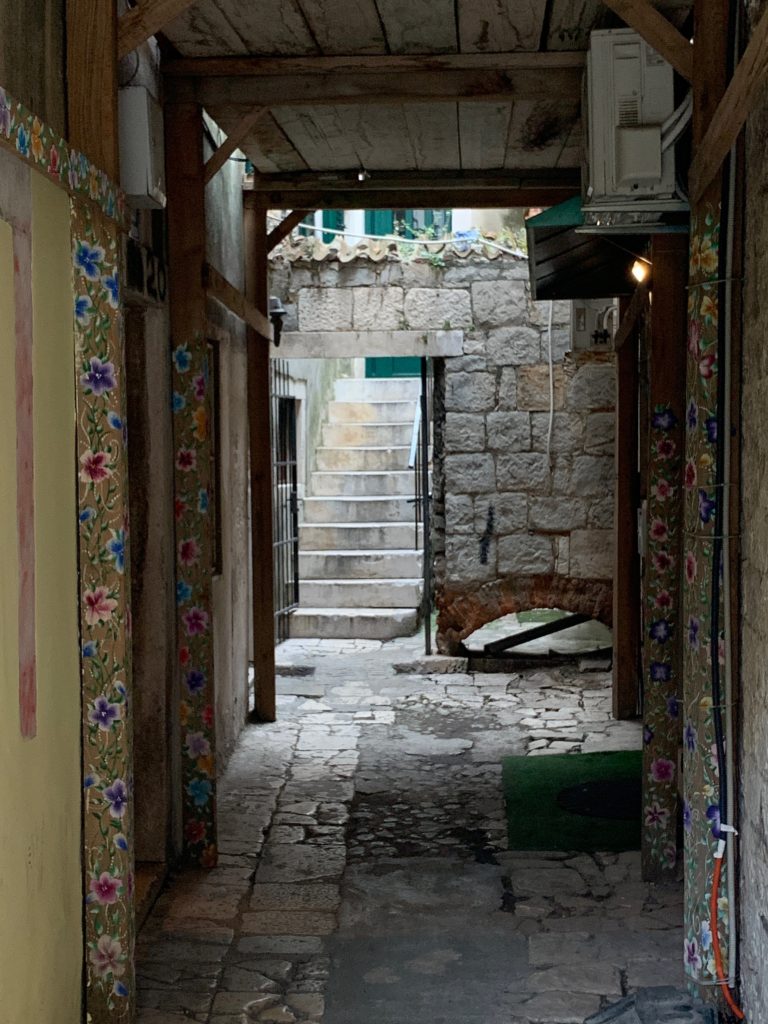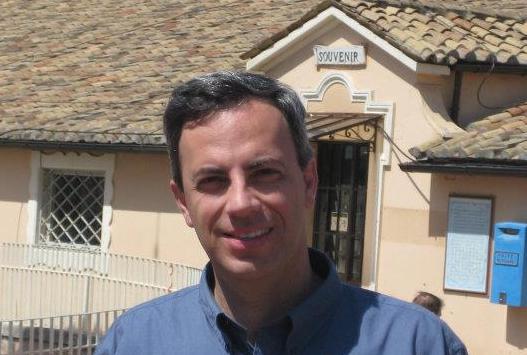I have never watched a single episode of Game of Thrones but when I visited Diocletian’s Palace in Split, Croatia, I also learned that some of the episodes of Game of Thrones were filmed in the Palace.


According to this article,
“Diocletian’s Palace has featured in some key Game of Thrones scenes. It’s where Daenerys’s locked up and trained her dragons and it is the location for Daenerys’s throne room as Meereen ruler.
One of the most famous scenes from Diocletian’s Palace is in Season 4 Episode 4, ‘Oathkeeper’ where the slaves discuss whether they should fight for Daenerys and rise against their masters.”


DIOCLETIAN’S PALACE
Diocletian’s Palace, however, is not only the place where some of the scenes of Game of Thrones were filmed, but is also the palace of a former Roman emperor and one of the sites included on the UNESCO Heritage list. The Palace is the main attraction in Split, the second largest city in Croatia.



The territory where Croatia is now located, during Roman times was called Illyria. The Roman emperor Diocletian chose to build a palace for himself where he could spend his retirement years.


At the end of the 3rd century AD the Palace was built on the shores of the Adriatic Sea because Diocletian wanted a palace close to the water because he wanted his ships to be able to enter it. This is why the palace had a water entrance which can currently be visited as part of the basement.


The whole complex of the Palace used to occupy an area of more than 30,000 square meters during Diocletian’s time.

While it is referred to as a “palace” because of its intended use as the retirement residence of Diocletian, the term can be misleading as the structure is massive and more resembles a large fortress: about half of it was for Diocletian’s personal use, and the rest housed the military garrison.

Currently, the ruins of the palace are surrounded by buildings with different architectures from different eras. The palace isn’t anymore in close proximity to the water because the water has receded considerably throughout the centuries.

SPLIT GATES
The four Split gates all lead to the Peristyle (old square) in the center of Diocletian’s Palace.
Bronze Gate, Split – The most modest of the gates, the Bronze Gate on the Riva is the main entrance to the palace. It’s the starting point for Diocletian Palace tours.
Golden Gate, Split – The Golden Gate is the north gate to the palace, and the grandest.

Silver Gate, Split – The Silver Gate is the eastern gate, which leads to the Split Green Market.
Iron Gate, Split – The western Iron Gate connects the palace to the People’s Square or Piaca. In the Middle Ages, Split grew so much that a “new” town square and beautiful family palaces were built outside the Iron Gate.

THE ROMAN EMPEROR DIOCLETIAN
Diocletian became Emperor of the Roman Empire in 284 AD but he recognized that the Empire was too large to be ruled by just one person. So he decentralized its administration and split the Empire into two parts, which helped to stabilize it.

At the same time, Christianity was a growing religion and a problem to deal with. Diocletian’s solution was to persecute the Christians, and he ended up killing 150,000 of them.
Diocletian is also known as the first emperor to resign voluntarily. But before he did in 305 AD, he commandeered an army of slaves to build his retirement palace.

